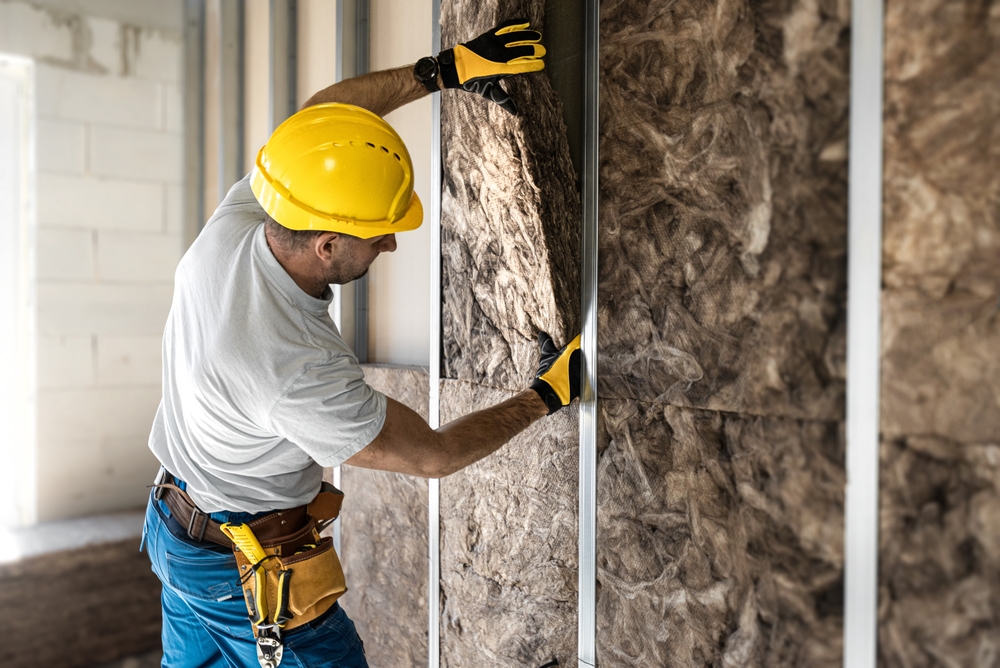
What’s The Deal With Insulation?
The concept of home insulation has been in the news a lot recently, with numerous protesters advocating its importance. But is it really that big an issue in helping to tackle climate change?
Financial and Environmental Benefits
Insulation helps to keep homes warm in the winter and cool in the summer, cutting down on the need to heat (and cool) a property which, in turn, reduces household carbon emissions and helps homeowners to save money. The Energy Savings Trust state that 30-45% of heat loss from a typical property is through the walls whilst 25% of heat loss is through the roof and 20% through windows and doors. The Trust also claim that the average three-bedroom semi-detached house could save over £300 a year on energy bills by installing adequate insulation. Add to this is the fact that heating the average home produces 2.7 tonnes of carbon dioxide a year and it is clear to see that having a well-insulated home is beneficial to everyone.
The 2020 Household Energy Efficiency detailed release report, published in March this year by the Department for Business, Energy and Industrial Strategy, claims that, of the 20.4 million homes in Great Britain that have cavity walls, 70% of them had sufficient cavity wall insulation whilst 66% of properties with a loft had loft insulation. Buildings built of solid wall construction are harder to insulate which is why a meagre 9% of these properties are sufficiently insulated. Overall, those figures don’t seem too bad, and the number of homes with adequate insulation is steadily rising, both through the retrofitting of older properties and the higher energy efficiency standards that new build properties require. So why all the protests?
Problematic Statistics
There remain a significant number of homes in Great Britain which are not adequately insulated. 5.2 million homes have the potential for cavity wall insulation and 8 million properties could have loft insulation. On top of that are the 7.7 million homes of solid wall construction which are not yet well insulated. The above figures also start to look a little less promising when you take into account that the government’s idea of “adequate” loft insulation in the report is 125mm. But the current legal requirement for loft insulation is now 270mm meaning that many of the properties which the report states are adequately insulated are, in fact, inadequately insulated by today’s standards. Despite the great number of homes that are “well” insulated, according to the 2020 report, heating buildings still accounts for around 30% of all UK carbon emissions.
Insulation Legislation
It would be fair to say that current legislation on the insulation of homes does not go far enough, and this is certainly true for new build homes as building technologies now exist which completely negate the need for heating and cooling systems. Enter the Passivhaus standard. Developed in Germany in the early 1990s, Passivhaus buildings do not require heating because they are constructed in a way which minimises heat loss, through insulation and airtightness, whilst taking advantage of solar gains (the sunlight which enters a property) and internal heat sources (such as the use of household appliances which generate heat as a by-product). As well as massively reduced energy bills, these homes benefit from improved air quality and soundproofing. Currently, only around 1600 buildings in the UK have Passivhaus certification but, if building methods like this exist, surely all new buildings should be built to such a standard? And perhaps that is why home insulation remains a contentious issue, albeit one that should arguably be being highlighted in a different way.